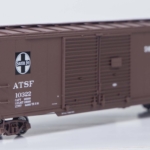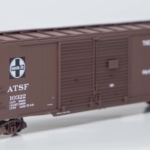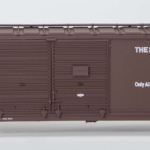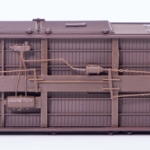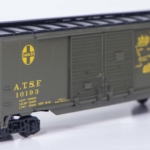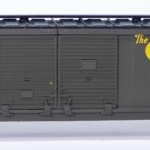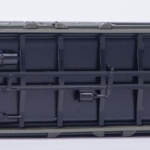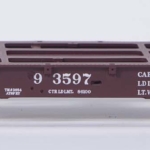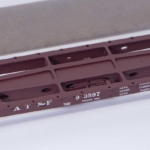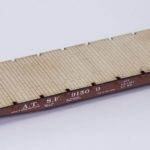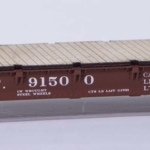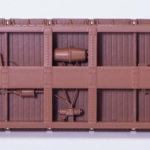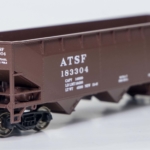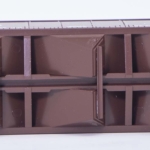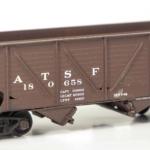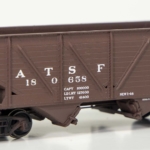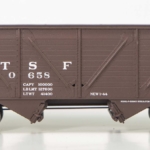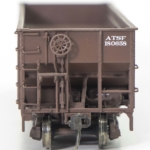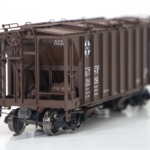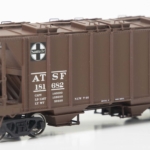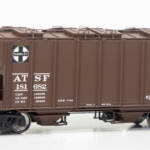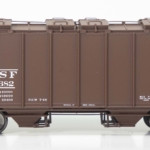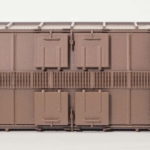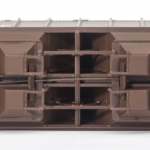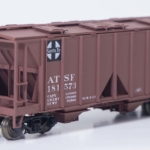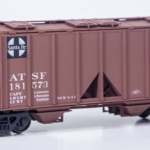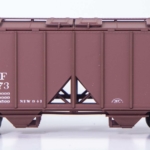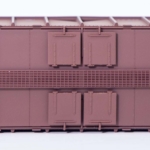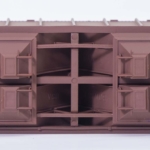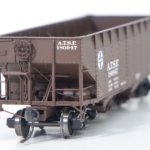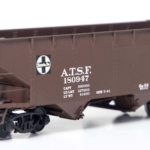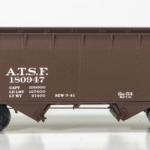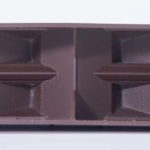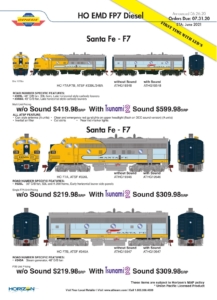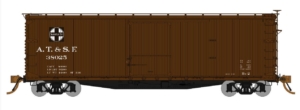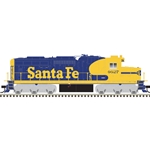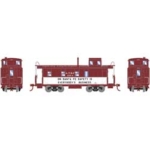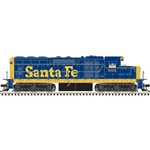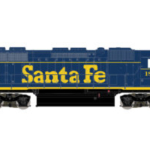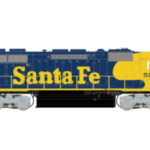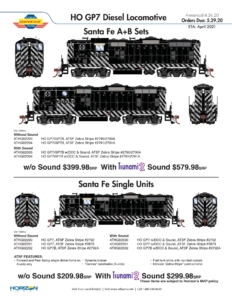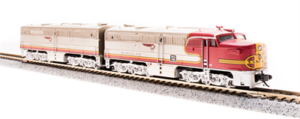Westerfield Models has announced AT&SF Fe-Q, Fe-R and Fe-V Automobile Boxcars. Westerfield has announced three new kits of this Santa Fe prototype. The kits include one-piece body construction, urethane castings of detail parts, Yarmouth etched bronze corner steps and eyebolts, decals and Tahoe or Kadee trucks are available.
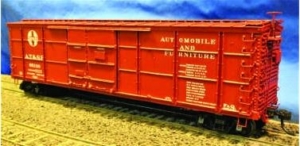
KIT 12901: Fe-Q SS Auto Box, Peaked Metal Roof, 7-5-5 Ends, Plate Metal Doors, 10 Ft Opening, K/AB Brakes, AT&SF. #12901 Operating Era: 1924-1943. $47
The 500 Fe-Q cars (#84701-65200) were built in 1924 by Pullman and used the sectional side sheathing developed by the Santa Fe. This series also featured fishbelly underframes, 7-5-5- corrugated steel ends, flexible metal roofs, a 10′ (1-1/2) metal plate side doors, KC brakes, and Andrews U section trucks.
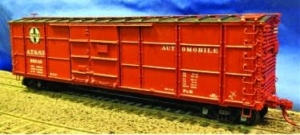
KIT 13001: Fe-R SS Auto Box, Radial Roof, 7-5-5 Ends, Plate Metal Doors, 10 Ft Opening, K/AB Brakes, AT&SF. #13001 Operating Era: 1926-1943. $47
The 500 Fe-R automobile boxcars (Series #65201-65700) were built by Pullman in 1926. These cars were built similar to the Fe-Q but with a few improvements. They came with radial steel roofs and ARA cast steel trucks with integral journals.
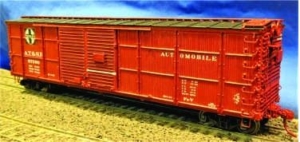
KIT 13151: Fe-V SS Auto Box, Peaked Metal Roof, 7-5-5 Ends, Corrugated Metal Doors, 12 Ft Opening, AB Brakes, AT&SF #13151 Operating Era: 1934-1940 $47
The 10 Fe-V automobile boxcars (Series #67251-67260) were rebuilt by AT&SF in 1934. These cars received two 6 foot corrugated metal doors with a 12 foot opening, AB brakes, Ajax handbrakes and the added left side grab iron. These cars were equipped with auto loaders
Westerfield is also offering the following variants with trucks:
- 12981 Fe-Q/R/V SS Box w/ Tahoe/Kadee Code 110 Trucks, Specify Type $54
- 12982 Fe-Q/R/V SS Box with Tahoe/Kadee Code 88 Trucks, Specify Type $54
Thanks to Westerfield Models for bringing out these kits and for the photos from its website!
